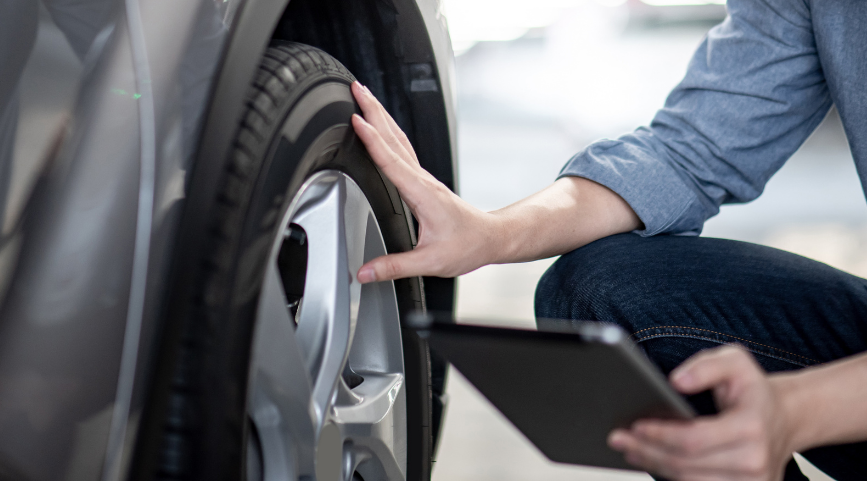- January 15, 2021
- By Autocare Centre Chepstow
- In Repairs, Tips & Guides, Wheels & Tyres
- 1539
- 0

While your annual MOT ensures that your vehicle meets all safety requirements, it is recommended carrying out further safety checks at home, especially after a period of disuse.
As the U.K finds itself once more in a national lockdown, it is likely that vehicles will be used less and therefore, it’s a good idea to ensure your car is safe and prepared for its return to the road.
Although Garages can still open and MOTs and repairs should be carried out as normal, we have put together a car safety checklist which you can work through at home to ensure your vehicle is safe when you need it for essential purposes.
If you come across an issue that you don’t feel comfortable tackling, don’t take the chance – call us on 01291 627 137 to book in for a repair or service.
Here are some areas to be particularly mindful of when it comes to checking your vehicle’s safety.
It is a legal requirement that each tyre has a minimum tread depth of 1.6mm. Anything less than this can negatively affect your braking distance, grip and steering.
You can check the condition of your tyres by carrying out a visual inspection:
Don’t forget to check for tyre damage such as cracks, punctures and uneven tyre wear and schedule a tyre replacement / repair if you do spot any issues.
Poorly maintained tyres can lead to unnecessary repair costs and in the worst-case scenarios, a breakdown or serious collision. Driving with both under-inflated and overinflated tyres can adversely affect your steering, braking distance and overall longevity of your tyres. It is therefore crucial that you take care of your tyres and this includes ensuring your tyre pressure is at the optimum measurement.
For this you will need a home tyre pressure gauge. The information for your vehicle’s optimum tyre pressure can be found in the vehicle documentation and often on a sticker fixed to your vehicle such as on the fuel filler cap.
To accurately determine your tyre pressure, you will need to;
For more tyre maintenance tips, check out our dedicated blog post.
Did you know, you can be issued a Fixed Penalty Notice in some locations if you breakdown due to foreseeable circumstances, such as running out of fuel. A standard fine for this is £100 and three penalty points on your license, but should you be caught in an accident; the penalty can be much higher.
Luckily, it is very easy to determine how much fuel your vehicle has; simply check your fuel gauge. Should you find your vehicle running low on fuel, it is safest to fill up at the nearest and most convenient petrol station to avoid unnecessary travel.
Maintaining the correct oil level is essential for lubricating, cleaning, protecting and cooling the moving parts of your engine. Without this protection, your engine could seize up, resulting in breakdown.
To check your oil levels;
Your lights are essential for road safety and it is a legal requirement to have lights which work correctly. To ensure your lights are working, turn your ignition and lights on. Ideally, get someone in your household to walk around your car whilst you operate the lights, including the brake lights, to ensure all are working properly.
Don’t forget to check for cracks in the lenses or any obvious signs of damage to the bulbs.
Should you have a young child, a car seat is one of the most crucial pieces of safety equipment. To ensure the children travelling in your vehicle remain safe, follow these 3 car seat checks.
For a more detailed checklist for children’s car seats, you can download a PDF here.
Should you find any faults during your safety check, at our Autocare centre in Chepstow, we can help with repairs and servicing to ensure your vehicle is road safe.
If you’d like to book your vehicle in for an MOT or service, or have any questions regarding vehicle safety – give us a call on 01291 627137 or get in touch here.





